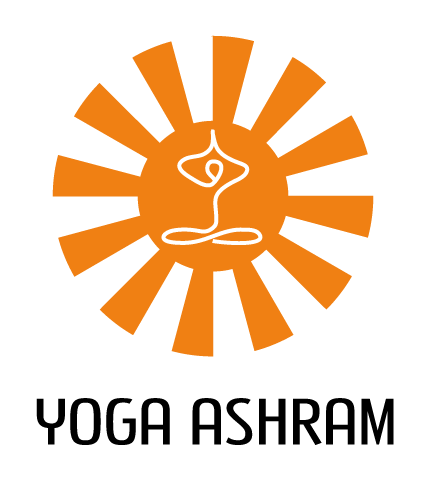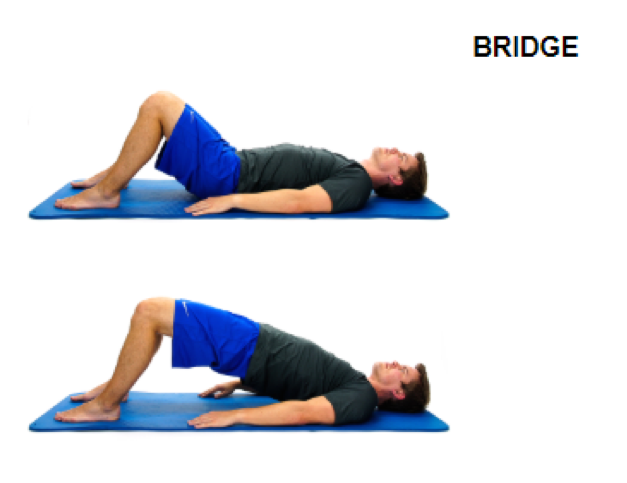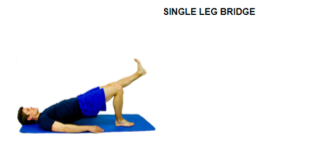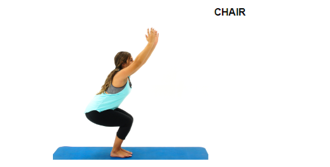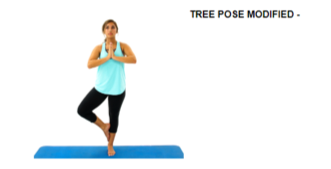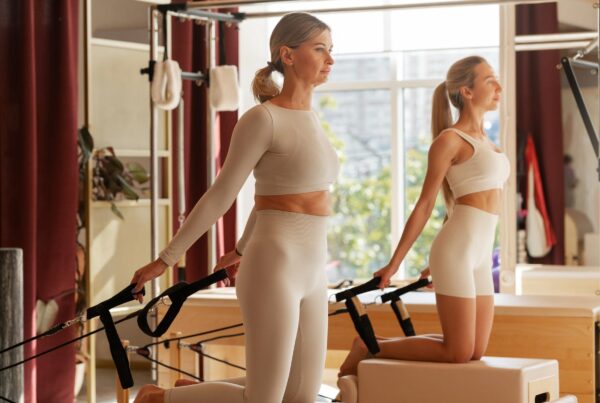How Does Yoga Help With Physiotherapy?
Yoga postures offer a terrific way for a physical therapist to efficiently evaluate for postural muscle imbalances and asymmetries. Through yoga rehabilitation therapy, a pose created with a proper foundation serves as a screening tool of a person to determine “the hammer”, or root cause, of their particular cascade of symptoms. Specific poses highlight certain issues. They include:
- Which muscles are too tight
- Whether or not muscles are too weak
- Which muscles are compensating – and therefore, overworked
Then, apply exercises for strengthening hip muscles once the root of the problem is diagnosed.
As an extra bonus, patients used yoga rehab and poses to treat identified muscle weakness and or tightness. Yoga rehabilitation therapy involves a wide range of poses. Depending on the severity of the impairment, physical therapists prescribe them as a progression to achieve pain-free status. Sometimes, these poses are all that patients need. Other times? They’re implemented after another intervention – like shoulder replacement surgery – is performed.
In the case of hip weakness as described above 4 yoga poses to progress through as exercises for strengthening hip muscles include:
Horizontal Yoga Positions
- Bridge: Lay on your back with your knees bent and feet flat on the floor. Engage your abdominal muscles and push through your glutes to lift your hips off the ground. Do this until your knees, hips, and shoulders form a straight line. Hold for 1-2 seconds and slowly return back to your starting position.
- Single Leg Bridge: Lay on your back with your knees bent and feet flat on the floor position. Extend one of your knees so that only one foot is flat on the floor. Engage your abdominal muscles and push through your glutes. Then, lift your hips off the ground until your knees, hips, and shoulders form a straight line. Make sure that your hips stay level and you don’t let one side drop down compared to the other. Hold for 1-2 seconds and slowly return back to your starting position.
- Chair Pose: Start standing upright. Inhale as you raise your arms above your head perpendicular to the floor. Exhale as you bend your knees bringing your thighs parallel to the floor. Continue to reach your elbows back toward your ears as you elongate/extend your upper back. Hold this pose with good form for 15 seconds to 1 minute and then return to your starting position.
Standing Yoga Positions
- Tree Pose: Start standing upright with good posture and form. Shift your weight to one side. Then, lift the other leg to place your foot alongside the inner part of your thigh. Make sure your hips are level and your center of gravity is directly over the foot you are standing on. Lengthen your tailbone towards the floor. Press your palms together in a prayer position at your chest with thumbs resting on your sternum. Inhale and exhale deeply and with control. Hold for 15 seconds to 1 minute and then return to your starting position.
As no two “hammers” or root causes of pain are the same, a thorough evaluation is always recommended.
Physical therapists employ yoga rehabilitation techniques to evaluate and treat each patient’s specific pain and dysfunction. Combining these with the best exercises to strengthen hip joints provides the most effective treatment individualized to each patient’s needs. Yoga poses also impact surgery recovery from elbow and knee surgery, back and neck procedures, and much more.
Though yoga is difficult to master, it is a low-impact exercise type that easily slots in with other exercise methods and recovery tips. Ideally, those that practice yoga understand the mindset needed to truly benefit from the exercise. Though suitable for men and women, this is a common choice for those recovering from breast surgery, since it does not involve a lot of movement. It’s also ideal as a follow up for cardiopulmonary surgery recovery. With these scenarios, a gradual return is activity is necessary – as is a patient mindset.

